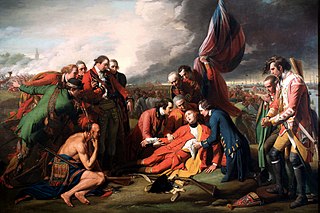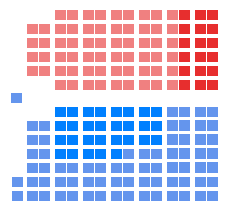Edward Fitzgerald or FitzGerald may refer to:

Events from the year 1786 in Canada.

Alexander Edmund Batson Davie, QC -- referred to as A. E. B. Davie -- was a British Columbia politician and lawyer, and was premier of British Columbia from 1887 until his death. Called to the bar in 1873, he was the first person to receive his entire law education in British Columbia. Davie was first elected to the provincial legislature in 1875 from the riding of Cariboo as independent opposition candidate. He lost his seat in 1877 after a brief stint in the cabinet of Premier Andrew Charles Elliott, as provincial secretary. Davie returned to the legislature in 1882, this time from the riding of Lillooet, and became Attorney-General under Premier William Smithe. He went to Ottawa and argued before the Supreme Court of Canada in favour of provincial rights pleading that the province had a right to regulate its liquour sales. When Smithe died in 1887, the lieutenant-governor asked Davie to become Premier but he fell ill within months and left for California to recuperate. In his absence, Provincial Secretary John Robson ran the government on a day-to-day basis, though Davie kept in touch through letters. He returned in May 1888, but his health was in a poor state, and he ultimately died in office. His brother, Theodore Davie, later became premier in 1892.

The 1st Canadian Parliament was in session from November 6, 1867, until July 8, 1872. The membership was set by the 1867 federal election from August 7 to September 20, 1867. It was prorogued prior to the 1872 election.
The Chemical Society was formed in 1841 by 77 scientists as a result of increased interest in scientific matters. Chemist Robert Warington was the driving force behind its creation.
Ed, Eddie, Edgar, Edward, Edwin Smith and similar may refer to:

Lieutenant-Colonel Lord Edward Cavendish MP was a 19th-century British politician, soldier, and nobleman.
The Morris and Essex Railroad was a railroad across northern New Jersey, later part of the main line of the Delaware, Lackawanna and Western Railroad.
John Mills (1908–2005) was a British actor.

Edmund Burke Wood was a Member of the Legislative Assembly of Ontario for Brant South, and served as the first provincial treasurer of Ontario from 1867 to 1871 under Premier John Sandfield Macdonald. He also served as a federal Member of Parliament representing the electoral districts of Brant South and Durham West from 1867–1874 under Prime Minister Sir John A. Macdonald.
Edmund Leverett Morris was a Canadian politician, broadcaster and university administrator.
George Morris may refer to:

East Coast is a New Zealand parliamentary electorate, returning one Member of Parliament to the New Zealand House of Representatives. The electorate first existed from 1871 to 1893, and was recreated in 1999. The current MP for East Coast is Anne Tolley of the National Party, who has held office since 2005.
Edmund Grey or Gray is the name of:
The Canadian Art Club was an artists' collective established in Toronto in 1907 to advance the standards of Canadian art exhibitions and to exhibit the work of Canadian expatriate artists at home. It was disbanded after the death of its co-founder Edmund Montague Morris in 1913.

Edmund Montague Morris (1871-1913) was a Canadian painter known for his portraits of First Nations people. He was the co-founder of the Canadian Art Club.
This page is based on this
Wikipedia article Text is available under the
CC BY-SA 4.0 license; additional terms may apply.
Images, videos and audio are available under their respective licenses.






